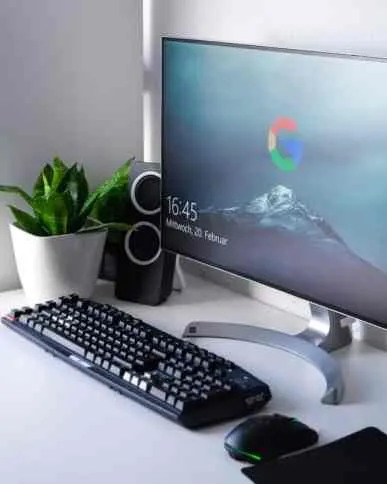Digital computers are built to bring the solutions of equations to an almost unlimited precision, but in a bit slow manner compared to analog computers.
They all have similar components for receiving, processing, sorting, and transmitting data and using a relatively small number of essential functions to perform their tasks.
As its name suggests, a digital computer represents the digital computer’s letters, numerical values, or any other special symbols. This computer is the computer that calculates the number for processing the data.
The inputs and outputs of these computers are binary code i.e., and they use 0 and 1 (binary numbers) for computer operation. The accuracy of these computers is 100%. Digital computers understand machine languages only.
It performs all operations related to computer calculations by adding data. After that, the computer simultaneously takes the required data as input and then performs the calculations and mathematical functions on them and simultaneously provides the results on the monitor screen as an output.
Digital computers use discrete electrical signals for operation rather than continuous electrical signals that made the most common form of computers today because of their versatility, speed, and power.
While analog computers are examples of non-digital computers, they can be electronic computers, and mechanical computers are examples of non-electronic computers (which may or may not be digital).
An example of a computer that is both Non-Digital and Non-Electronic is the ancient Antikythera system found in Greece. Digital computers mainly represent the 5th generation of computers.


